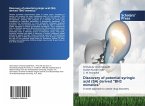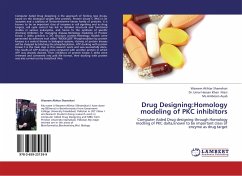This volume covers a wide array of topics on protein-protein docking ranging from the fundamentals of the method and its recent developments to docking tools and examples of protein-protein docking applications. The chapters in this book are organized into four parts. Part One looks at the fundamentals of protein-protein docking such as rigid and flexible docking, and sampling and scoring in protein-protein docking. Part Two focuses on the latest advancements made in the field such as how the protein backbone flexibility is treated. Part Three explores practical applications of protein-protein docking tools and databases, with emphasis on software for predicting binding free energy of protein-protein complexes and their mutants. Part Four talks about protein-protein docking approaches to different systems, and their challenges and strategies of molecular docking of intrinsically disordered proteins. Written in the highly successful Methods in Molecular Biology series format, chapters include introductions to their respective topics, lists of the necessary materials and reagents, step-by-step, readily reproducible laboratory protocols, and tips on troubleshooting and avoiding known pitfalls.
Cutting-edge and thorough, Protein-Protein Docking: Methods and Protocols is a valuable resource for structural biologists, bioinformaticians, molecular modelers, and medicinal chemists looking to learn more about this important field.
Cutting-edge and thorough, Protein-Protein Docking: Methods and Protocols is a valuable resource for structural biologists, bioinformaticians, molecular modelers, and medicinal chemists looking to learn more about this important field.







![Investigations on medicinal attributes of pyrazolo[3,4-d]pyrimidines Investigations on medicinal attributes of pyrazolo[3,4-d]pyrimidines](https://bilder.buecher.de/produkte/45/45806/45806658n.jpg)
